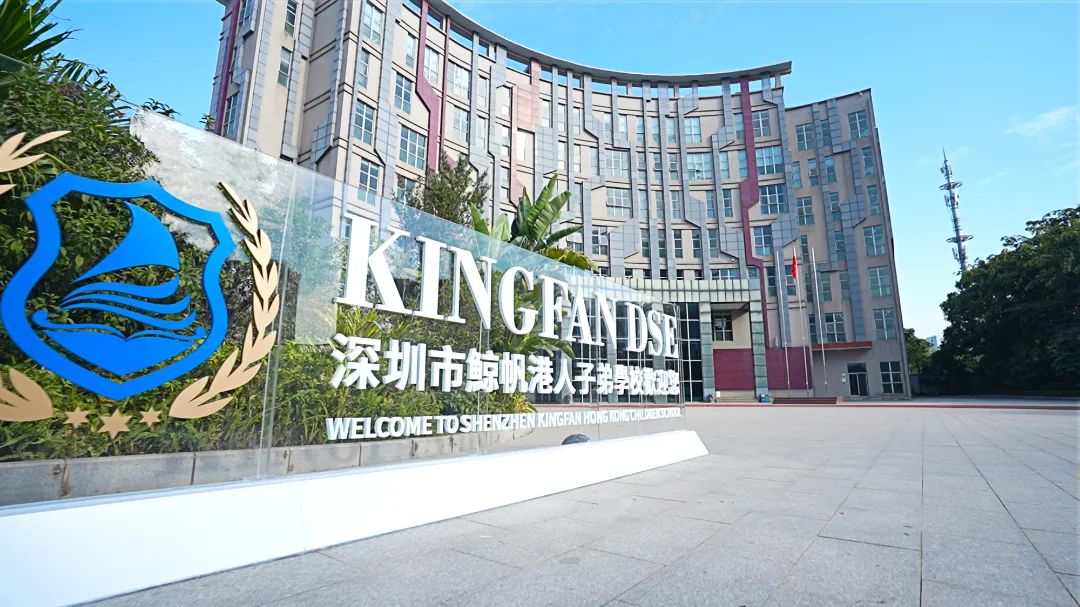The newly revised standards for the compulsory education art curriculum provide a detailed explanation for music course teaching. Specifically, in the "performance" div, it clearly states the requirement for "students to master the basic knowledge and skills necessary for vocal and instrumental music, as well as comprehensive artistic performances." Thus, integrating instrumental music into the elementary music curriculum has become an essential demand of curriculum reform.
In the music classes at Tsinglan school, teachers have prepared a veritable feast of various instruments for the children to learn.
Also, in the process of learning instruments, teachers combine classic musical works, allowing children to achieve freedom in playing and singing.
First-grade students are learning the charming and petite glockenspiel. The glockenspiel is not just a simple instrument; it is also the key to children's musical enlightenment. In class, we have used the glockenspiel to learn songs like "The Scale Song," "Twinkle Twinkle Little Star," and "Pirates of the Caribbean," learning the rhythm of music, feeling the fluctuations of melody, and invisibly cultivating their coordination ability and musical appreciation.
Second-grade students mainly learn the recorder. Compared to the glockenspiel, the recorder appears taller, and its tone is more melodious. With the recorder class, children have already completed many beautiful songs, such as "You Are My Sunshine," "The Boat Song," "Mary Had a Little Lamb," "Ode to Joy," "Peace Like a River," "Amazing Grace," and more. While playing the recorder, the children not only learn how to control their breath but also feel the charm of music. Whenever the melodious sound of the recorder fills the air, it seems as if the entire classroom is enveloped in music, intoxicating everyone present.








